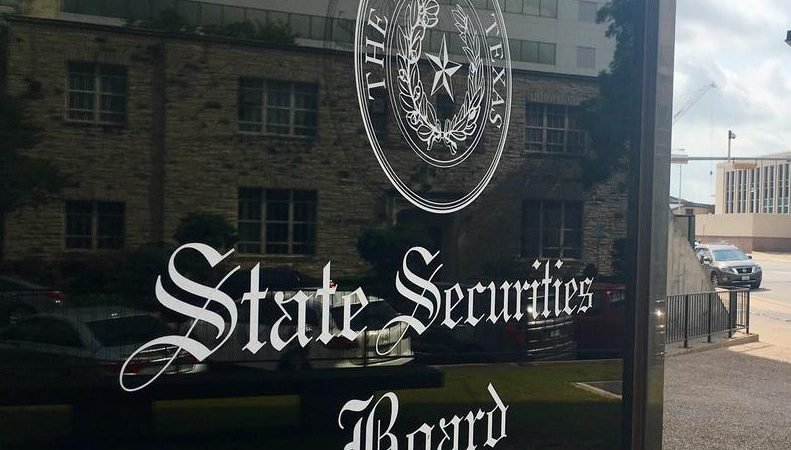Real Christmas Trees Boost Texas Economy by $397 Million, Supporting Jobs and Sustainable Agriculture

As the holiday season approaches, the Texas A&M Forest Service encourages residents to consider purchasing real Christmas trees, highlighting the positive impact on the state’s economy. With more than four million real Christmas trees sold annually in Texas, the industry plays a significant role in supporting farms and agriculture businesses.
A recent economic study conducted by the Texas A&M Forest Service reveals that in 2022, the real Christmas tree industry contributed over $714 million to the state’s economy. This impact includes direct, indirect, and induced effects, supporting nearly 6,000 jobs. The industry’s direct economic impact amounted to $397 million, providing employment to 3,896 people with a payroll exceeding $97 million.
According to the U.S. Bureau of Labor Statistics estimates for 2022, the Texas Christmas tree industry ranks second in the U.S. South based on average annual employment and wages.
Dr. Aaron Stottlemyer, Texas A&M Forest Service Forest Analytics Department Head, emphasizes the tradition of having a real Christmas tree in many households. He notes that the process of choosing a tree as a family not only adds a festive touch but also supports rural economies across the state.
Contrary to common perceptions, Christmas trees are grown in all 50 states, with various species thriving in Texas, including the Virginia pine, Afghan pine, eastern redcedar, shortleaf pine, Arizona cypress, and Leyland cypress.
The roots of the Texas Christmas tree industry date back to 1935 when the first Christmas tree was planted in Jasper, Texas. Since the 1970s, institutions such as Texas A&M Forest Service, Texas A&M University, and Stephen F. Austin have worked towards optimizing the health and growth of Christmas tree species to enhance the state’s industry.
Fred Raley, Texas A&M Forest Service Tree Improvement Coordinator, highlights the collaboration between the Texas Christmas Tree Growers Association and the Texas A&M Forest Service since the early 1980s. Their efforts focus on developing locally-adapted Virginia pines, ensuring a Christmas experience that is hardy and adapted to the Texas climate.
While the sale of real Christmas trees in the U.S. has declined since 2018, the Texas Christmas tree industry remains vital for the economy and ecosystem. Real Christmas trees contribute to forest sustainability, and after the holiday season, they can be repurposed and recycled for various uses such as landscape mulch, nest-building materials for birds, and natural water habitats for fish and wildlife.
Dr. Stottlemyer emphasizes the importance of the Christmas tree industry in fulfilling the trees’ lifecycle, expanding their potential beyond their natural life, and creating sustainable forests and economies. He notes that Christmas tree farms essentially function as young forests, providing benefits such as carbon sequestration, habitat for wildlife, water cleaning, and recreational opportunities.
Real Christmas tree shoppers can visit Texas Christmas Tree Growers Association website to explore the different Christmas tree farms in each Texas region.







